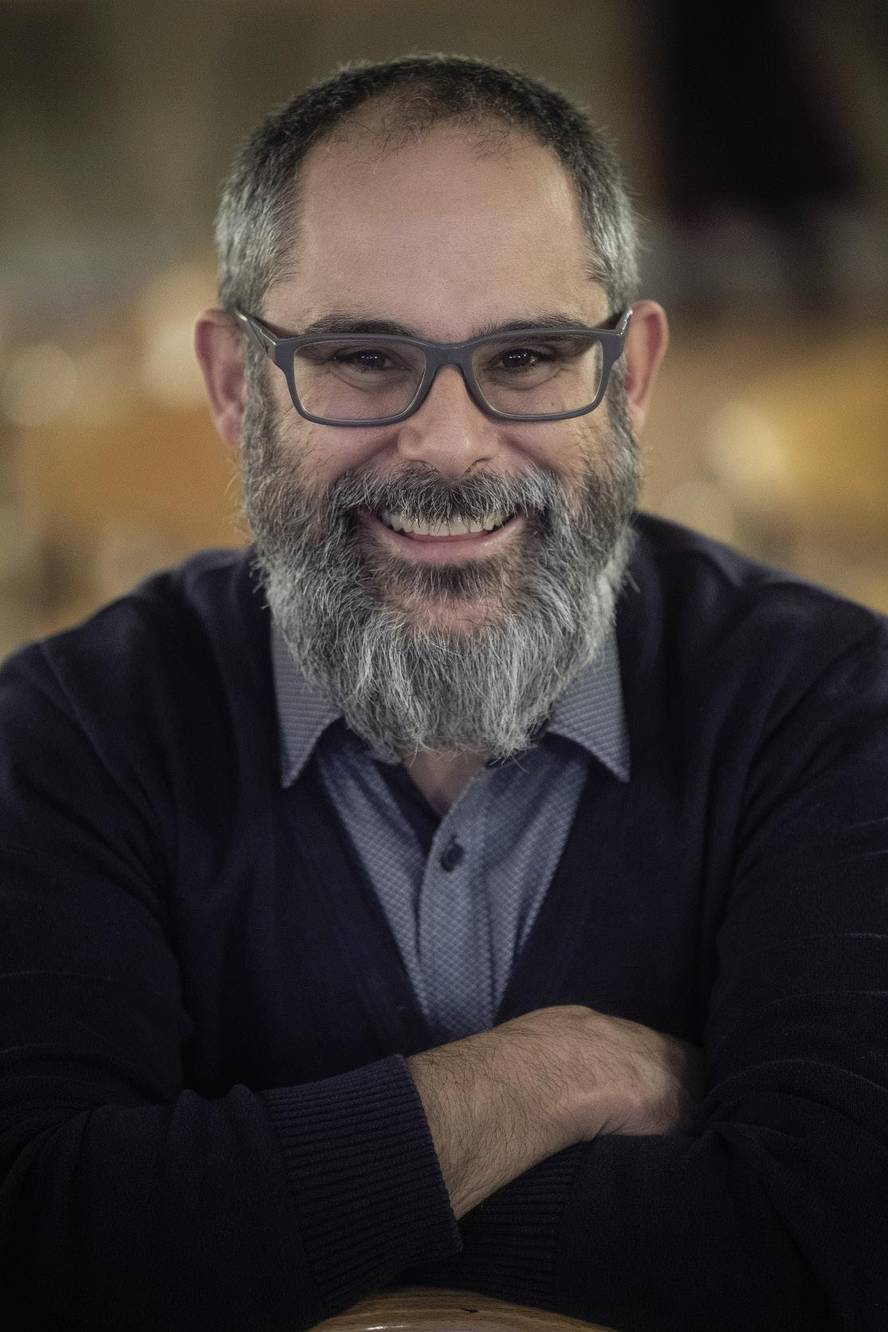“Knowing that sapiens and Neanderthals hybridized opens up a new scenario”
Archaeologist Joseba Ríos Garaizar (Getxo, 1976), specialized in the lithic industry, has worked on the main Neanderthal sites. Its signature is present in numerous first level works published on them, so from Elhuyar magazine we have frequently come to Riosen to make news or news about Neanderthals. Once again, it has welcomed us as friendly as ever and has not taken much time to launch its responses.
What has surprised, altered or surprised you most since you started working?
As I work around Neanderthals, I think all the studies of the old DNA have changed my perspective, and especially of hybridization, that is, knowing that sapiens and Neanderthals hybridized. This opened up a new scenario for us all to understand the relationships between Neanderthals and modern men. And all of this has served us to understand otherwise the disappearance of the Neanderthals. If they disappeared! Because in our genome we have their genes, to what extent is it right to say they disappeared? And, at the same time, hybridization calls into question the paradigm that they were another species: according to the paradigm, the offspring of two hybrids are sterile; in our case, it was not. It is also nice to imagine a loving scenario, since before the meetings of these two human groups were always associated with violence and war [in small laughter].
Other human beings, the Denisoveses, etc. have also appeared in Europe. Therefore, if before human evolution was represented as a tree, now, with what we know, it acquires a form of scrubland.
So, the sequencing of the old genome has been very important for everyone, and that's what we're in right now.
What revolution or discovery would you like to witness?
My wishes are quite simple. I would like two things to happen. One of them is to find in Euskal Herria a site of the Lower Paleolithic, inside a cave, with fauna, utensils and, why not, with human bones. Because we've been looking for this for many years, and it's true that we've found some clues -- outdoor deposits, isolated material, etc. -- but I'd like to find something meaningful, stored in a cave. I say in a cave, because in the open the fauna is not preserved, etc.
And the other would be to find in a cave an important site of the châtelperronic period, for the same reasons. The ones we have in the caves are interesting, but they're very small and the biggest ones are outdoors. So I'd like to find her in a cave and, starting to ask her, find human bones [laughing again]. And not having been or touched before anyone. And that there is nothing else in the lower and upper layers, which would be ideal to avoid confusion.






